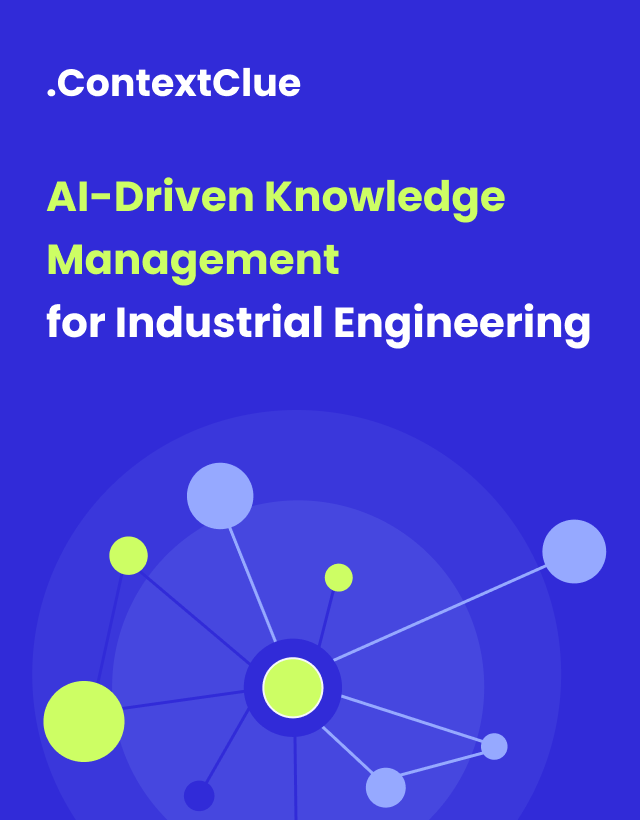
March 16, 2025
What is unsupervised learning? Definition and examples
Author:

CEO & Co-Founder
Reading time:
3 minutes
Unsupervised learning allows AI to analyze raw data, uncover patterns, and make data-driven decisions without human intervention. This approach is widely used in customer segmentation, fraud detection, and image recognition.
Key Takeaways
- Unsupervised learning enables AI models to identify patterns in unlabeled data without human intervention.
- Common techniques include clustering, anomaly detection, dimensionality reduction, association rule learning, and autoencoders.
- Use cases span customer segmentation, fraud detection, and image/video analysis.
- Advantage: No data labeling required, making it practical for large datasets.
What is unsupervised learning?
Unsupervised learning uses AI-driven algorithms to analyze and cluster unlabeled data, uncovering hidden patterns without human intervention. It powers applications like customer segmentation, image recognition, and fraud detection.
Supervised vs. Unsupervised Learning
Supervised learning relies on labeled data, while unsupervised learning discovers patterns in raw, unlabeled datasets, making it ideal for exploratory analysis and automation.

Examples of unsupervised learning
1. Clustering
Groups similar data points into clusters based on shared characteristics.
- K-means: Divides data into equal clusters.
- Hierarchical Clustering: Creates tree-like structures of related clusters.
- Density-Based Clustering: Detects clusters as dense regions within sparse data.
- Use Cases: Customer segmentation, image/text analysis, market research.

2. Anomaly Detection
Identifies rare events, errors, and fraud by spotting deviations in data.
- Global Outliers: Data points significantly different from the average.
- Contextual Outliers: Deviations within a specific context (e.g., sales spikes outside holiday seasons).
- Collective Outliers: Unusual trends across multiple data points.
- Use Cases: Fraud detection, security threat identification, manufacturing fault detection.

Source: Dominik Polzer, medium.com
3. Dimensionality Reduction
Reduces dataset complexity while preserving crucial information.
- Feature Selection: Identifies the most relevant variables.
- Feature Extraction: Transforms data into a lower-dimensional format.
- Use Cases: Speeding up ML models, reducing noise in large datasets.
4. Association Rule Learning
Finds hidden relationships in large datasets.
- Apriori Algorithm: Identifies frequent item sets in transactional data.
- FP-Growth Algorithm: Builds compact trees to efficiently find associations.
- Eclat Algorithm: Groups similar transactions to determine frequent patterns.
- Use Cases: Market basket analysis, web mining, continuous production optimization.

Source: Saul Dobilas, medium.com
5. Autoencoders
Neural networks that encode and decode data to reveal key patterns.
- Use Cases: Image compression, anomaly detection, generative modeling.
Applications of Unsupervised Learning
- Customer Segmentation: Helps businesses tailor marketing and improve customer experiences.
- Fraud Detection: Identifies suspicious financial transactions and unusual behaviors.
- Image & Video Analysis: Automates object detection for self-driving cars, security, and medical imaging.
Wrapping Up
Unsupervised learning is crucial for uncovering patterns in raw data without costly labeling. Whether improving fraud detection, customer insights, or automation, choosing the right technique depends on your data and objectives.
Category:





